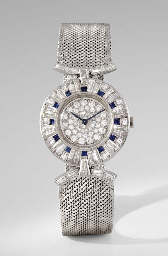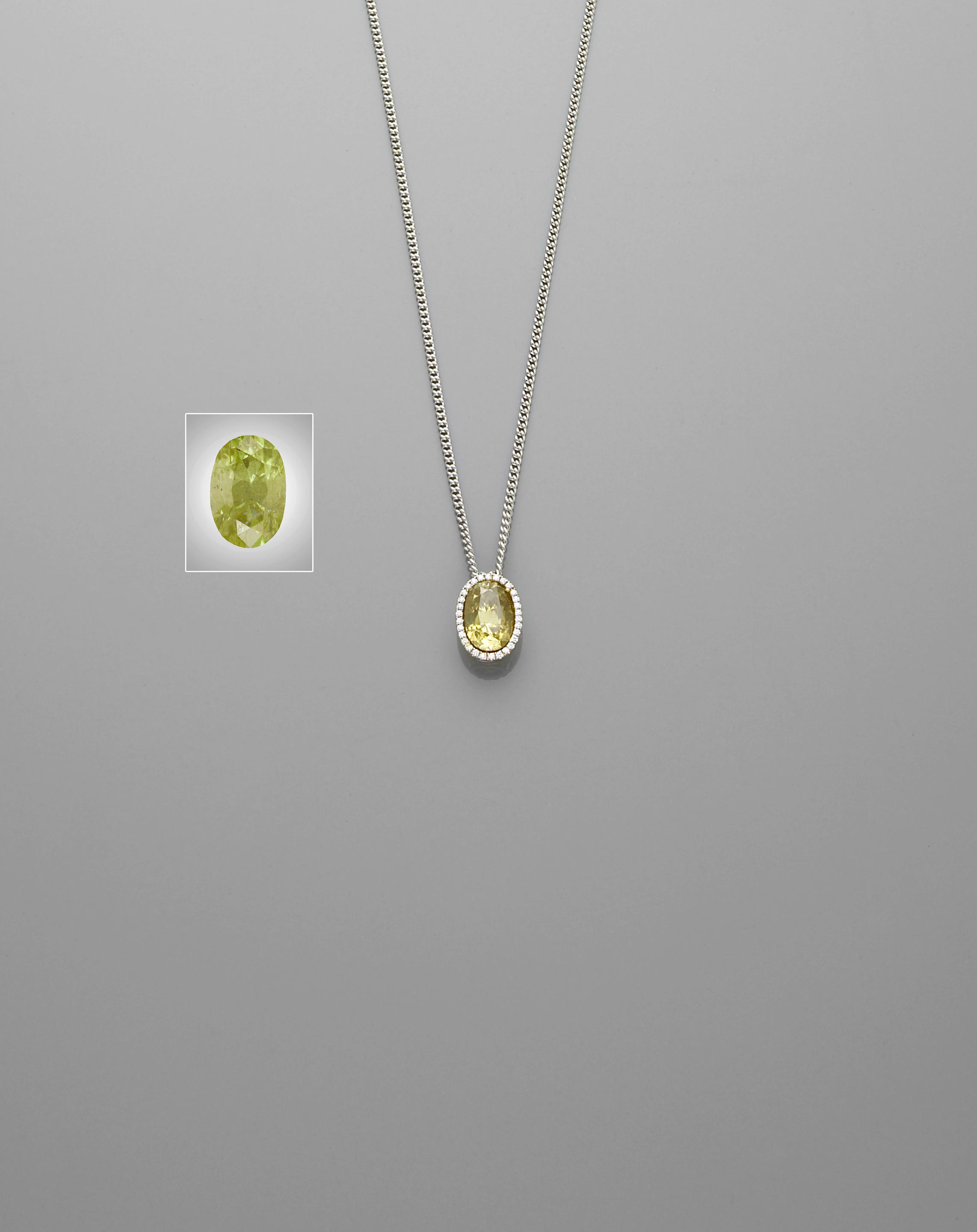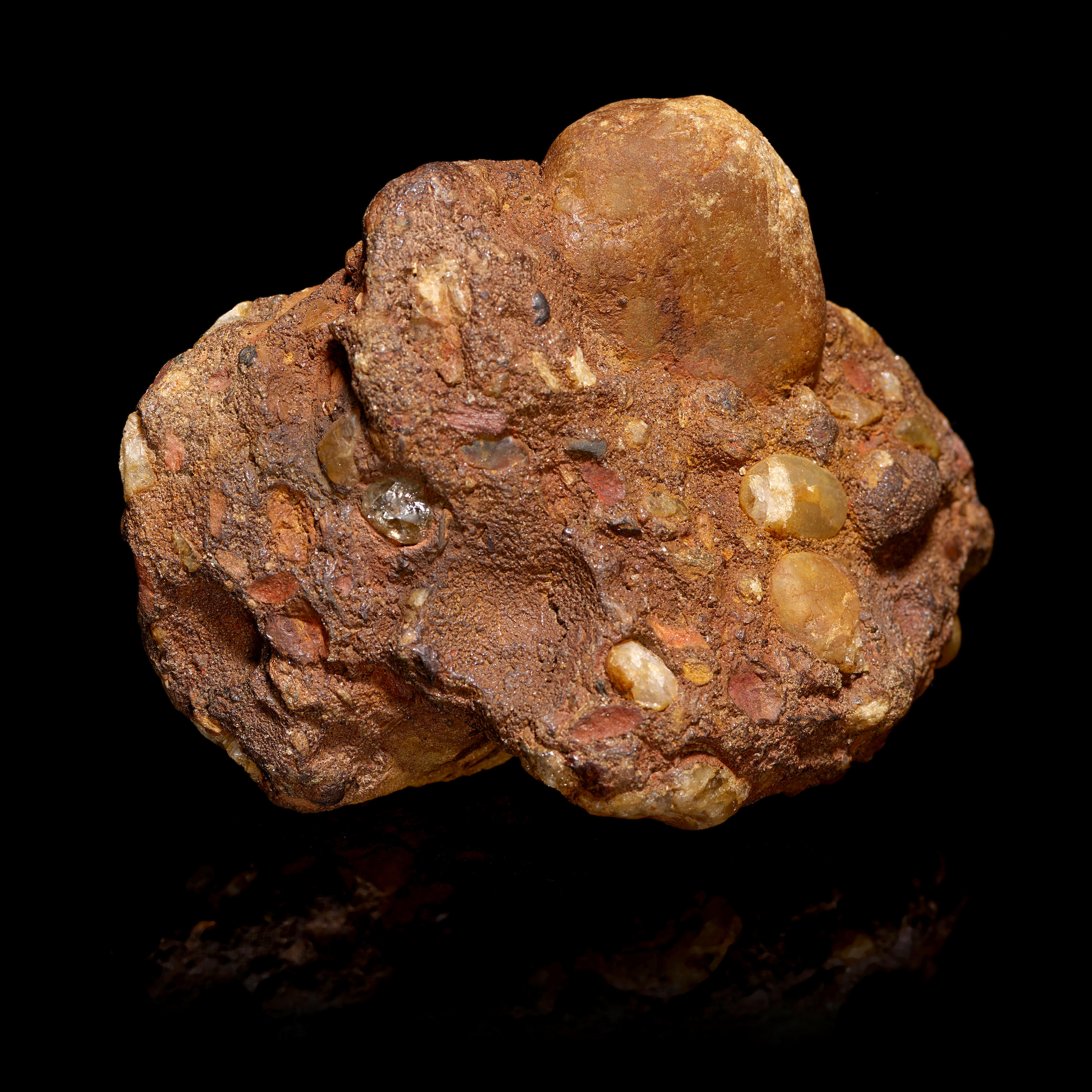A VERY UNUSUAL DIAMOND TWO-STONE RING With two marquise-cut diamonds, of matching weight and cut, weighing a total of 11.68 carats, set side by side, enhanced by two triangular-cut diamonds weighing a total of 1.03 carats, mounted in platinum and 18K pink gold With certificates 10389977 dated 17/6/98 and 10389257 dated 19/6/98 from the Gemological Institute of America stating that both 5.84 cts diamonds are D colour, internally flawless clarity; and certificates 9807011 and 9807012 dated 14/7/98 from the Gbelin Gemmological Laboratory stating that both 5.84 cts diamonds are D colour, internally flawless clarity; each accompanied by an appendix stating that the diamonds possess a purity of colour and an exceptional degree of transparency whish are particular to the finest of type IIa natural diamonds. Diamonds of this type and quality are very rare and will most certainly evoke references to the historic term of "Golconda". The diamond mines of India, especially those at Kollur in Golconda, have a mystique that far outweighs their output. This is in part due to its historical importance. Probably the first mine to produce large diamonds, many famous diamonds come from these mines, among them the Orlov in the Russian Crown Jewels, the Koh-i-Noor in the British Crown Jewels, the Darya-i-Nur in the Iranian Crown Jewels and perhaps most well-known, the Hope Diamond in the Smithsonian Institution. The mines were immortalised in the West by Tavernier's description of them in the 17th century and since then the term Golconda diamond has been a byword for quality. Finally, there is the magic of inaccessibility. The Golconda mines were exhausted over 200 years ago, meaning that a Golconda diamond is something that money cannot always buy. These two diamonds with their flat old fashioned cut and beautiful crystals recall the mystique of the fabled Indian mines by their quality. The rarity of a pair of such stones has been enhanced by their unusual mounting, which combines these stones and another two calibr-cut triangles, into one stunning pyramid of light.
A VERY UNUSUAL DIAMOND TWO-STONE RING With two marquise-cut diamonds, of matching weight and cut, weighing a total of 11.68 carats, set side by side, enhanced by two triangular-cut diamonds weighing a total of 1.03 carats, mounted in platinum and 18K pink gold With certificates 10389977 dated 17/6/98 and 10389257 dated 19/6/98 from the Gemological Institute of America stating that both 5.84 cts diamonds are D colour, internally flawless clarity; and certificates 9807011 and 9807012 dated 14/7/98 from the Gbelin Gemmological Laboratory stating that both 5.84 cts diamonds are D colour, internally flawless clarity; each accompanied by an appendix stating that the diamonds possess a purity of colour and an exceptional degree of transparency whish are particular to the finest of type IIa natural diamonds. Diamonds of this type and quality are very rare and will most certainly evoke references to the historic term of "Golconda". The diamond mines of India, especially those at Kollur in Golconda, have a mystique that far outweighs their output. This is in part due to its historical importance. Probably the first mine to produce large diamonds, many famous diamonds come from these mines, among them the Orlov in the Russian Crown Jewels, the Koh-i-Noor in the British Crown Jewels, the Darya-i-Nur in the Iranian Crown Jewels and perhaps most well-known, the Hope Diamond in the Smithsonian Institution. The mines were immortalised in the West by Tavernier's description of them in the 17th century and since then the term Golconda diamond has been a byword for quality. Finally, there is the magic of inaccessibility. The Golconda mines were exhausted over 200 years ago, meaning that a Golconda diamond is something that money cannot always buy. These two diamonds with their flat old fashioned cut and beautiful crystals recall the mystique of the fabled Indian mines by their quality. The rarity of a pair of such stones has been enhanced by their unusual mounting, which combines these stones and another two calibr-cut triangles, into one stunning pyramid of light.









.jpg)





Try LotSearch and its premium features for 7 days - without any costs!
Be notified automatically about new items in upcoming auctions.
Create an alert